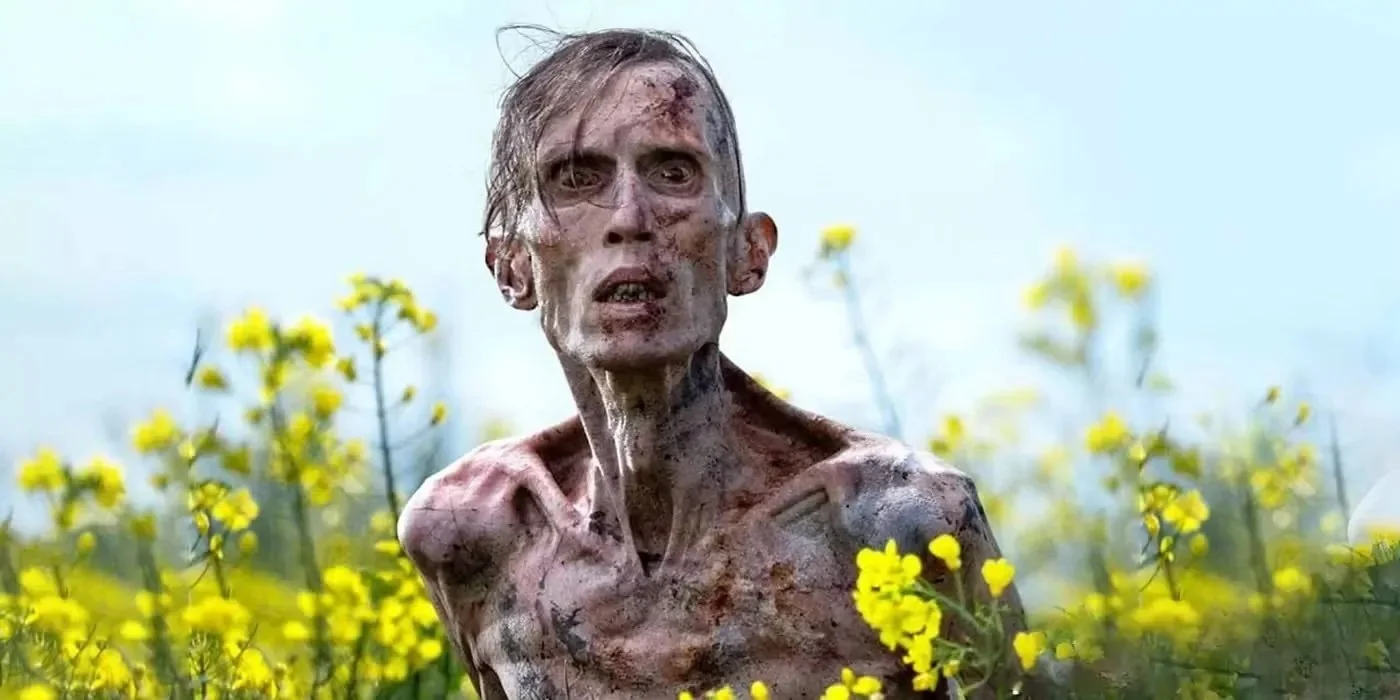“28 Years Later” Proves Time Doesn’t Heal All Wounds
Twenty-three years after Danny Boyle and Alex Garland introduced the world to the rage-infected world of London, they have returned with 28 Years Later. This is the third installment in what is widely regarded as one of the greatest, most innovative zombie franchise of all time. To some, the rage-infected zombies seen in the 28… franchise are the scariest around, mainly because they aren’t the traditional, slow-moving kind you see in the classics. These are quick and relentless, and have more than usual going on in their brains. 28 Years Later sees Boyle and Garland in the director’s and writer’s chairs, respectively, for the first time since the initial installment of the series. This homecoming of sorts is more akin to a doomcoming, as 28 Years Later delivers on the blood, gore, and dread like no other entry.
Sony Pictures Releasing
The title cards of the film tell us that it’s been twenty-eight years since the initial outbreak of the rage virus. While the threat has been eradicated from Europe, the British Isles remain quarantined for the foreseeable future. A small community exists on Lindisfarne, an island that’s only accessible by a causeway at low tide. Life exists somewhat normally there with schools, churches, and regular social activities. Because he was born after the beginning of the rage virus, this life is all Spike (Alfie Williams) has ever known. His father, Jamie (Aaron Taylor-Johnson), pushes Spike to participate in a coming-of-age ritual years before he’s ready. The ritual entails traveling to the mainland and killing an infected. While on the mainland, Spike sees a massive plume of smoke that he learns is related to a doctor (Ralph Fiennes) from the old world. Spike, against the wishes of his father, returns to the mainland with his mother (Jodie Comer), who is ailing from an unknown disease.
The first two installments of the 28… franchise are more focused on immediate survival. 28 Weeks Later does have the beginnings of a society forming in the aftermath of the rage virus, but it doesn’t take long for an outbreak to occur and derail any sense of progress that could be made. 28 Years Later introduces audiences to a harmony between the infected and the remaining humans. Harmony only in the sense that those living on Lindisfarne have found ways to protect themselves and can go days, weeks, probably even months without having an infected make their way to the island. It’s peaceful, but only because of a hypervigilant protection plan. By turning the focus away from immediate survival, 28 Years Later is able to reckon with the psychological effects of nearly three decades of loss. Time does not heal everything.
Sony Pictures Releasing
There are life-or-death moments in this installment, but because the characters we’ve been introduced to have been given time and space to introduce themselves to the audience, the stakes are inherently higher. Spike is a boy who doesn’t know a life without the infected. He was raised to see them as something to be killed and to celebrate those deaths because that makes him more human. More of a man. He has likely seen very few people die because of something other than old age or at the hands of an infected. This makes his mother’s mystery illness all the more upsetting to him and pushes him toward recklessness. It’s hard to blame him, though. His first trip to the mainland with his father creates a deep sense of disillusionment with society at large and with his own dad.
How do you mourn your own personal tragedy when the whole world is mourning the same thing? It’s a question that has come up time and again in the wake of the Covid pandemic. The amount of loss is unfathomable, and it’s not only about the loss of friends and loved ones. It’s about what the isolation did to us all and that no one is really talking about it. Society pushed to get back to “normal” as quickly as possible, burying the feelings of anxiety, sadness, and fear that coursed through everyone on a daily basis. A society whose foundation is built on covering things up is no sturdy foundation for anything. 28 Years Later takes that reality and refracts it through the lens of a zombie movie, but make no mistake. 28 Years Later is a cautionary tale of what happens when we ignore the problems at hand in favor of creating a sense of normalcy, no matter how flimsy.
support your local film critic!
~
support your local film critic! ~
Beyond the Cinerama Dome is run by one perpetually tired film critic
and her anxious emotional support chihuahua named Frankie.
Your kind donation means Frankie doesn’t need to get a job…yet.
Follow me on BlueSky, Instagram, Letterboxd, & YouTube. Check out Movies with My Dad, a new podcast recorded on the car ride home from the movies.


